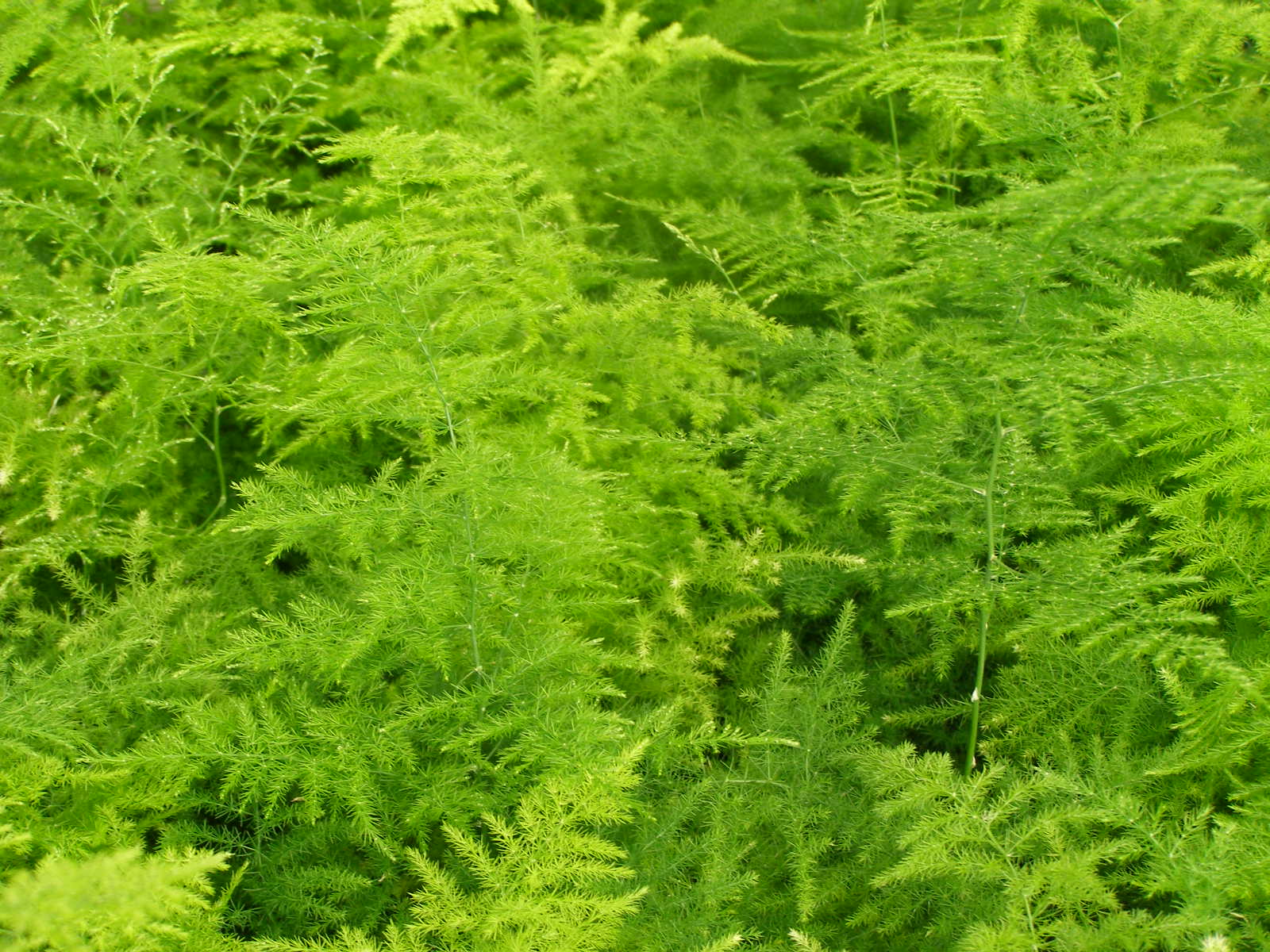Asparagus fern
(Rhynchospora tenerrima tenerrima)

Description
Rhynchospora tenerrima, also known as soft beaksedge or fragile beaksedge, is a perennial herbaceous plant that belongs to the family Cyperaceae. This plant is native to the southeastern United States, including states such as Florida, Georgia, and Alabama, and can be found in a variety of wetland habitats, including swamps, marshes, and wet pine savannas. In this article, we will explore the various characteristics of Rhynchospora tenerrima, including its morphology, ecology, and importance in the ecosystem. Morphology Rhynchospora tenerrima typically grows to a height of 30-60 cm (12-24 inches) and has a slender, wiry stem that is triangular in cross-section. The leaves of this plant are grass-like, with a width of 1-2 mm, and grow up to 30 cm (12 inches) in length. The inflorescence of Rhynchospora tenerrima consists of small, pale pink or white flowers that are arranged in clusters at the ends of the stems. The flowers are wind-pollinated and produce small, ovoid fruits that contain one seed each. The seeds of this plant are dispersed by water and can also be spread by animals. Ecology Rhynchospora tenerrima is a wetland plant that is typically found in areas with high water tables and fluctuating water levels. This plant can tolerate periods of flooding and can grow in water depths of up to 15 cm (6 inches). Rhynchospora tenerrima is a facultative wetland plant, which means that it can grow in both wet and dry soil conditions. However, this plant is most commonly found in wetlands with sandy or peaty soils and high organic content. Rhynchospora tenerrima plays an important role in wetland ecosystems as a food source and habitat for various species. The seeds of this plant are an important food source for waterfowl, including ducks and geese, as well as for small mammals, such as muskrats and mice. The dense growth of Rhynchospora tenerrima also provides cover and nesting sites for various species of birds, including the sedge wren and yellow rail. In addition, this plant can help stabilize soil and prevent erosion in wetland habitats. Importance in the Ecosystem Rhynchospora tenerrima is an important component of wetland ecosystems and is often used in wetland restoration and mitigation projects. Wetlands are critical ecosystems that provide a variety of ecosystem services, including water filtration, nutrient cycling, and carbon storage. However, wetlands are also among the most threatened ecosystems in the world, with many wetland habitats being destroyed or degraded by human activities such as agriculture, urbanization, and development. Restoration and mitigation efforts often involve the reintroduction of native wetland plant species, including Rhynchospora tenerrima. The use of native plant species in wetland restoration projects has been shown to be more effective at restoring ecosystem function and biodiversity than the use of non-native species. In addition, the use of native plant species can also help prevent the spread of invasive plant species, which can negatively impact wetland ecosystems. Conservation Status According to the International Union for Conservation of Nature (IUCN) Red List, the conservation status of Rhynchospora tenerrima is currently listed as "Least Concern." This means that the species is not currently considered to be at high risk of extinction or facing significant threats to its survival. However, it is important to note that wetland habitats, including those in which Rhynchospora tenerrima grows, are under significant threat from human activities such as development, agriculture, and drainage. As a result, wetland plant species like Rhynchospora tenerrima may face habitat loss and degradation if conservation efforts are not put in place to protect these critical ecosystems. Conservation efforts for Rhynchospora tenerrima and other wetland species may include the protection and restoration of wetland habitats, the implementation of sustainable land use practices, and the conservation and management of water resources. The use of native plant species in wetland restoration projects can also help to ensure the long-term survival of wetland ecosystems and the species that depend on them. Conclusion Rhynchospora tenerrima is a valuable wetland plant that plays an important role in wetland ecosystems. This plant provides habitat and food for a variety of species, helps stabilize soil, and is often used in wetland restoration and mitigation projects. As wetland habitats continue to be threatened by human activities, the conservation and restoration of native wetland plant species such as Rhynchospora tenerrima is essential for the preservation of these critical ecosystems.
Taxonomic tree:







